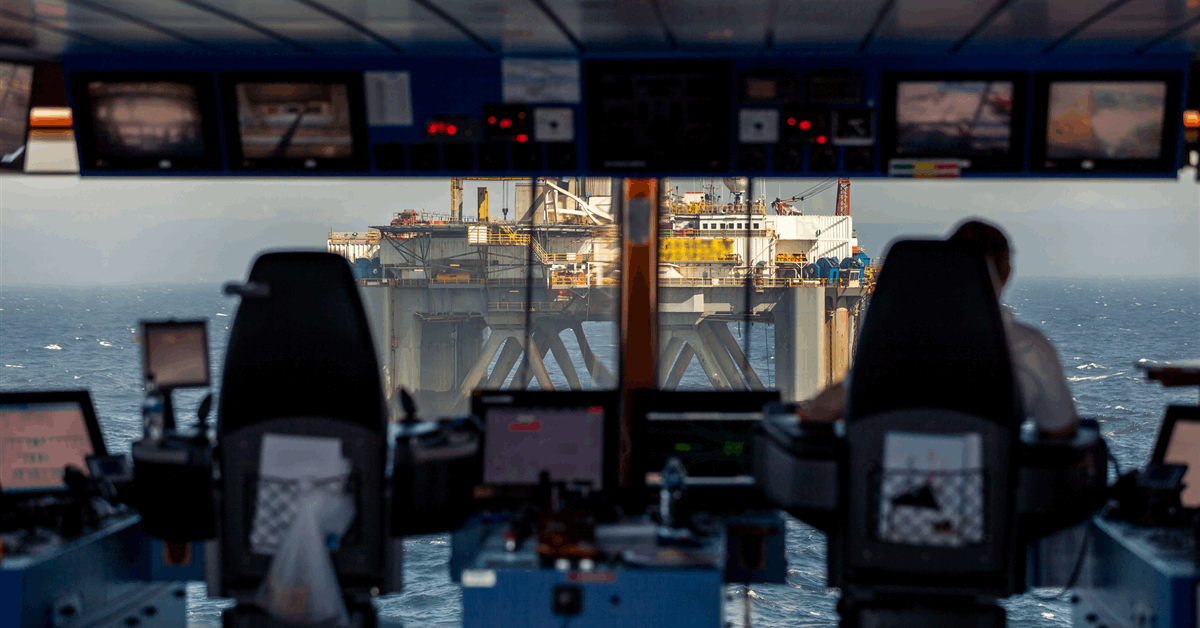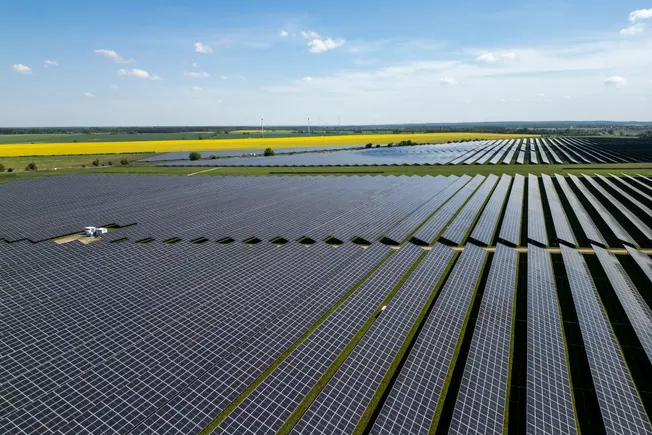
Two studies commissioned by ScottishPower Renewable Energy Limited, an Iberdrola company, say that offshore charging for battery-powered crew transfer and service operation vessels is on the horizon for future wind farms.
The studies – conducted by MJR Power & Automation and Oasis Marine – are the last of three commissioned by ScottishPower Renewables to investigate methods for lowering greenhouse gas (GHG) emissions from offshore wind farm operations. The studies reinforced initial conclusions that utilizing battery-powered Service Operation Vessels (E-SOVs) for offshore operations is technically viable, allowing them to remain at sea for prolonged durations, ScottishPower Renewables said in a media release.
The two studies also looked at the potential of decarbonizing offshore operations using electric crew transfer vessels (CTVs). Studies found that this option is technically and operationally feasible for windfarms close to shore.
“These latest studies have the potential to help the industry take a step closer to a new era for offshore windfarm operations – not just here in the UK, but right across the globe”, Ross Ovens, ScottishPower Renewables’ Managing Director for Offshore, said. “The valuable depth and insight this research offers – regardless of whether you’re considering an SOV or CTV operating model – could help inform future windfarm operations as the country continues to build the green generation we need to meet the expected doubling of electricity demand”.
In both scenarios, windfarms would also benefit environmentally and economically, with a significant reduction in both GHG emissions as well as fuel costs.
The MJR study found that electrical solutions are well-suited for offshore windfarm operations, allowing for regular charging at production sites and shore-based quays. It also noted that O&M electric vessels will soon be cheaper than Marine Gas Oil (MGO) alternatives, with operating expenses already competitive for SOVs and fully competitive for CTVs in a few years.
The Oasis Marine study found that using electric CTVs, powered by Oasis Power Buoys in windfarms, protects against volatile fossil fuel prices and high costs of green fuels. The case study compared three electric CTVs to diesel vessels, revealing potential savings of 140,000 tonnes of carbon dioxide (CO2) emissions and around GBP15 million ($20.3 million) in fuel costs over the windfarm’s 25-year lifetime.
The findings are being shared through the Operation Zero initiative, which was launched at COP26 in Glasgow and brings together developers and supply chain companies committed to making zero-emission operations and maintenance vessels a reality, ScottishPower Renewables said.
“Through studies like these, we will be able to learn, innovate and accelerate the adoption of zero-emission vessels and technologies to achieve a sustainable maritime future”, Leo Hambro from the Operation Zero Steering Committee said.
To contact the author, email [email protected]
WHAT DO YOU THINK?
Generated by readers, the comments included herein do not reflect the views and opinions of Rigzone. All comments are subject to editorial review. Off-topic, inappropriate or insulting comments will be removed.
MORE FROM THIS AUTHOR






















